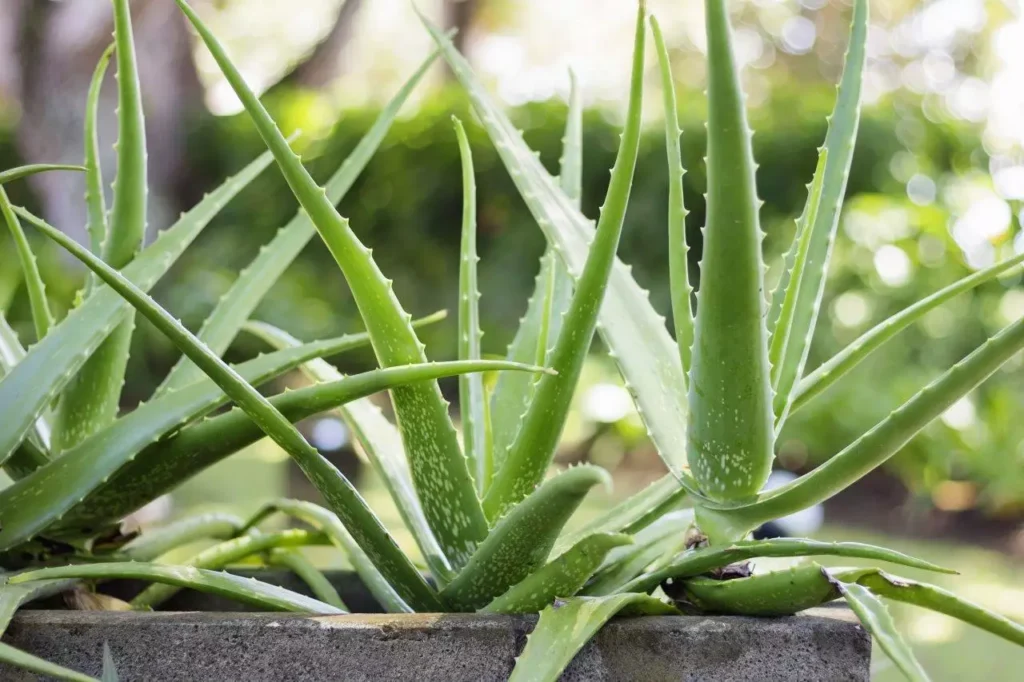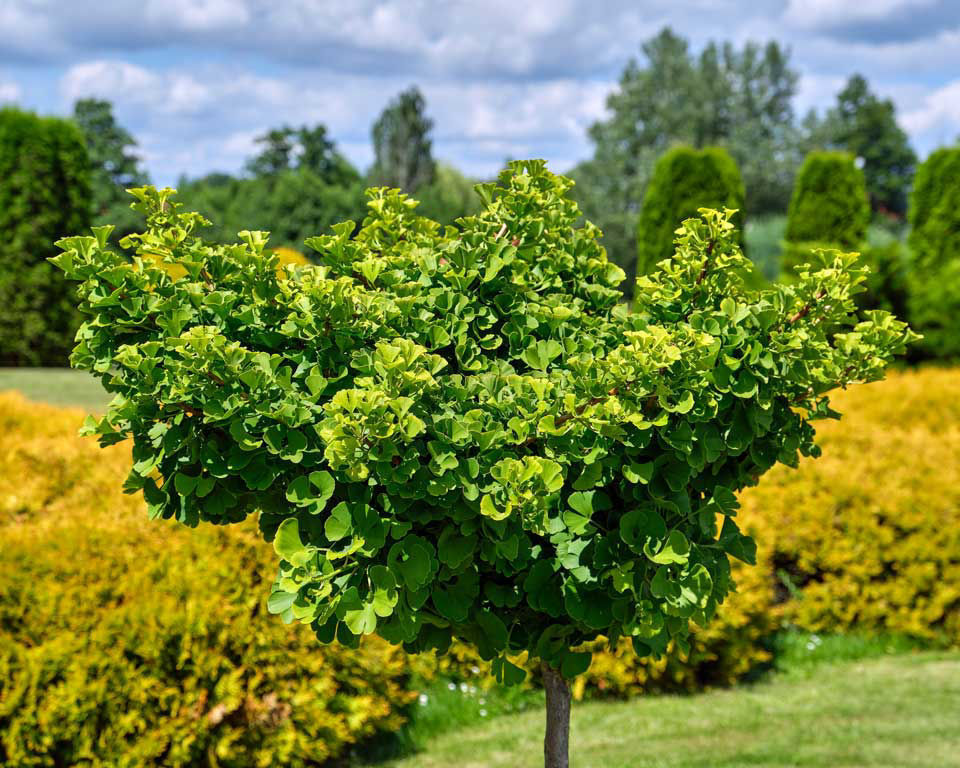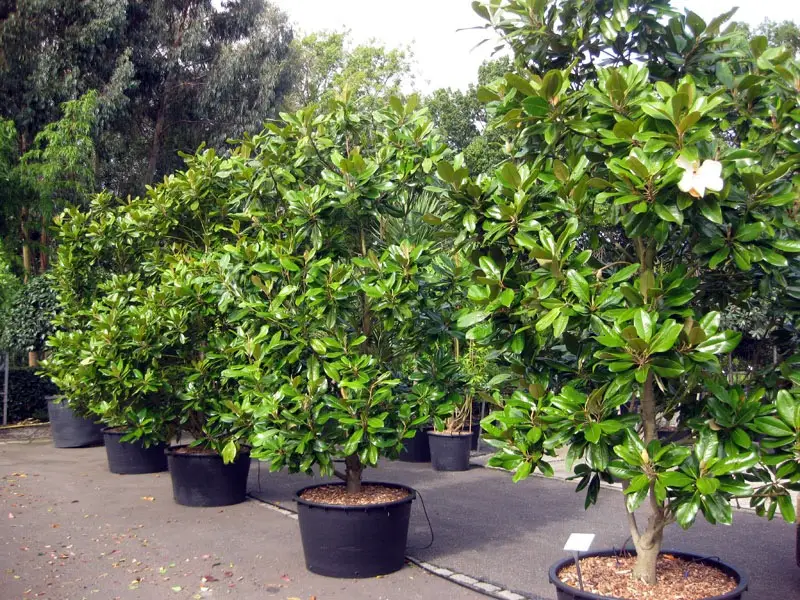In today’s society, we are constantly being told to go faster. We move faster, work harder, and expect more out of life than ever before. But what about the things in life that take their time? In this article, we’ll take a look at the slowest-growing plant species. These underachievers might not be the first choice for your garden, but they’re worth a closer look.
Wisteria Floribunda

Wisteria floribunda, also known as the Japanese wisteria, is a species of flowering plant in the pea family Fabaceae, native to Japan. It grows as a climbing vine, reaching a length of up to 30 m (100 ft). The flowers are produced in pendulous racemes 10–20 cm (4–8 in) long, similar to those of the related Wisteria sinensis, but are silky-white with a violet tinge, and have a more fragrant scent. Flowering occurs in mid to late spring. The fruit is a bean-like pod, black and velvety, with a thin, white waxy bloom.
Wisteria floribunda is a popular ornamental plant in Japan, where it is known as “fuji”. It is widely cultivated in China, Korea, and other parts of Asia, as well as in North America, Australia, and Europe. A number of cultivars have been developed, of which ‘Alba’ and ‘Violacea Plena’ are the best known.
Aloe Vera

Aloe vera is a succulent plant that is widely known for its healing properties. The plant is native to Africa and has been used for centuries to treat various skin conditions. Aloe vera is relatively easy to grow and can be done so in a pot or in the ground.
The plant does best in warm, dry climates, and should be watered deeply but infrequently. When growing aloe vera, it is important to use a well-draining pot or soil, as the plant is susceptible to root rot. Aloe vera can be propagated from offsets or stem cuttings.
Cactus

Cactus, the succulent plant with a strange, spiky appearance, is a fascinating plant that has a long and interesting history. Native to the Americas, cactus has been used for centuries by native peoples for food, water, and medicine. In more recent times, the cactus has become popular as a decorative plant and is now grown all over the world.
There are over 2,000 species of cactus, and they come in all shapes and sizes. Some cacti are small and delicate, while others are huge and tree-like. Some cacti are green, while others are brightly colored. No matter what their appearance, all cacti have one thing in common: they are adapted to survive in very dry environments.
Jade Plant

Jade plants (Crassula ovata) are beautiful, easy-to-grow houseplants that can live for decades with proper care. These popular succulents are native to South Africa and Mozambique, and they’re related to sedums and stonecrops. Jade plants are also known as money plants, lucky plants, or friendship trees.
Jade plants are succulents, so they store water in their leaves. This means they’re very drought tolerant and don’t need much water to thrive. However, you should still water your jade plant regularly (about once a week) to keep it healthy. Allow the soil to dry out completely before watering again.
Tibetan Goba (Pleurothallis goetzeana)
Tibetan goba (Pleurothallis goetzeana) is a beautiful and rare flower that is native to the Tibetan Plateau. It is a member of the orchid family and is closely related to the more common Pleurothallis species. The goba is a small plant with a single flower that is typically white or pale pink in color. The plant is found in high-altitude areas and is often found growing on rocks or in crevices.
The goba is a symbol of purity and beauty in Tibetan culture. The flower is often used in religious ceremonies and is believed to have healing properties. The plant is also said to be a source of good luck and is often given as a gift to friends and family.
Ginkgo (Ginkgo biloba)

Ginkgo biloba, also known as the maidenhair tree, is a unique species of tree with fan-shaped leaves. It is the only living member of the family Ginkgoaceae, which is a sister group to the conifers. The tree is native to China, where it has been cultivated for centuries. It is now grown in many other parts of the world, including the United States.
The ginkgo tree is an ancient species, with fossils dating back 270 million years. It is thought to have originated in the area that is now China. The first recorded use of the tree was in China, over 5,000 years ago. The Chinese used the seeds of the tree to make a tea that was thought to have medicinal properties.
The ginkgo tree is a deciduous tree, meaning that it loses its leaves in the winter. The leaves are fan-shaped and have a distinctive vein pattern. The tree is dioecious, meaning that there are male and female trees. The female trees produce small, yellowish fruits that contain seeds.
Magnolia Grandiflora

If you love the smell of springtime, then you’ll adore magnolia grandiflora. This Southern belle is one of the first trees to bloom each year, and its fragrance is simply intoxicating. But magnolia grandiflora is more than just a pretty face. This tough tree is also incredibly resilient, able to withstand everything from harsh winds to drought.
Native to the southeastern United States, magnolia grandiflora is most commonly found in Mississippi, Louisiana, and Alabama. But this hardy tree has also been known to thrive as far north as Virginia and as far west as Texas. No matter where it’s planted, magnolia grandiflora always brings a touch of elegance to the landscape.
Magnolia grandiflora is a large tree, growing to a height of 60 feet or more. Its massive trunk is covered in smooth, gray bark, while its glossy green leaves can measure up to 12 inches long. But it’s the tree’s flowers that are truly breathtaking. Each blossom is as big as a dinner plate and emits a sweet, intoxicating fragrance.
Snake Plant

One of the most interesting and unique plants that you can grow in your home is the snake plant. Also known as mother-in-law’s tongue, this plant is easy to care for and can thrive in a variety of conditions. If you’re looking for a plant that is both beautiful and low-maintenance, the snake plant is a great option.
The snake plant is native to Africa, and its scientific name is Sansevieria trifasciata. The plant gets its common name from its long, sword-like leaves that are often variegated with green and white stripes. The snake plant is a succulent, which means that it stores water in its leaves. This makes the plant very drought-tolerant and easy to care for.
One of the best things about snake plants is that they are very versatile. They can be grown in a wide range of containers, including pots, baskets, and even terrariums. Snake plants can also be planted outdoors in areas that receive partial sun to full shade.
Puya Raimondi

Puya Raimondi is a large, perennial herb that grows in the high Andes of Peru, Bolivia, and Ecuador. The plant has a rosette of leaves up to 2 m in diameter, and a stem that can grow up to 6 m tall. The flowers are white or greenish-white, and are borne in dense inflorescences at the end of the stem.
Puya Raimondi is one of the most spectacular plants of the Andes. It is a member of the bromeliad family, which includes such well-known plants as pineapples and Spanish moss. Puya Raimondi is the largest member of its family, and one of the largest herbs in the world. It is also one of the most long-lived herbs, with some plants reported to be over 200 years old.
Money Plant

The money plant (Lunaria annua) is a slow-growing herbaceous perennial that can reach heights of up to 59 feet in the wild or 9 feet domestically. The money plant is native to Europe and Asia, and has been introduced to North America. The money plant gets its name from the flat, round seedpods that it produces.
These seedpods resemble coins, and are often used in dried flower arrangements. The money plant has small, white flowers that bloom in the spring. The leaves of the money plant are silver-green and have a slightly crinkled appearance.
Conclusion
The slowest growing plant species provides a surprising look at nature’s underachievers. These plants have a unique ability to adapt to their environment and survive in conditions that other plants would not be able to tolerate. While they may not be the most glamorous members of the plant kingdom, they are an important part of the ecosystem and deserve our attention and respect.